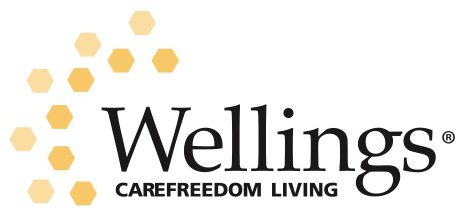Ah, its tax time, and in our home there is a lot of discussion around the latest rules and next steps.
This month Marci, gives us a few tips for minimizing the tax we pay on our retirement income.
These tips provide a good basis for conversation with your wealth management partner or tax specialist.
Marci Perreault is a partner at KenMar Financial Services, and is available to discuss any aspect of your portfolio.
How To Minimize Tax On Retirement Income
By: Marci Perreault
When you’re retired, you need an income strategy that balances today’s cash flow needs with an investment strategy to safeguard your ability to produce income in the future.
Tax-saving strategies
You will also want to pay as little tax as possible so that you keep more of your hard earned savings. Here are four ideas to help you minimize the tax on your retirement income.
Pension income splitting
This is a strategy for couples to reduce taxes by transferring pension income (for tax purposes) from the higher income earner to the lower income earner. The transferring spouse or common-law partner can give up to 50% of their eligible pension income to the receiving spouse or common-law partner. If you are 65 years of age or older, eligible sources for pension income splitting include a Registered Retirement Income Fund (RRIF), a registered pension plan and an annuity purchased with a Registered Retirement Savings Plan (RRSP). If you are under age 65, eligible income is mainly limited to registered pension plan benefits and certain payments resulting from the death of a former spouse or common-law partner. Note that residents of Quebec under 65 cannot split pension income for provincial income taxes.
Withdrawing income in the right order
The traditional rule of thumb is to withdraw first from accounts that are not tax-deferred, such as your non-registered investment accounts. The idea is to put off withdrawals from RRSPs and RRIFs, where all proceeds are taxed as income, attracting the highest rate of tax regardless of how they were earned. It also allows those investments to continue to grow tax deferred.
The truth is that this rule is simplistic and overly focused on current tax savings. Your strategy really depends on how much you have and where those assets are held. It may be that income should be drawn from a mix of sources to achieve the best tax-efficiency both in current and future years. The right order for you will also depend on a number of factors, including whether maximizing government benefits such as the Canada Pension Plan (CPP) and Old Age Security (OAS) is a goal, if you want or need to keep your portfolio growing in retirement, and if you have non-investment income such as rental income or part-time employment income. Estate planning goals may also affect your withdrawal order strategy.
T-series funds
For mutual fund investors, T-series may provide a more tax-efficient way to generate income from your investments. T-series funds are designed to provide a predictable and sustainable cash flow, often at a set percentage which helps with cash flow planning. Depending on the fund’s earnings (usually interest income, dividends and capital gains) the fund may also distribute a portion of the investor’s original investment, known as Return of Capital (ROC). ROC is usually not taxable, resulting in a more tax-efficient payout for you.
If you are not currently in T-series funds, it may be possible to transition to the T-series version from the series of the fund you currently hold without triggering a tax liability. One word of caution: when you receive an ROC distribution, you will lower the Adjusted Cost Base (ACB) of your holding, which could have tax implications later. Careful planning and monitoring are required.
TFSAs during retirement
Tax-Free Savings Accounts (TFSAs) can play a useful role after you’ve retired because of their principal benefit: money earned inside the account is not taxable – even when you withdraw it (unlike RRSPs and RRIFs). If you have retirement assets in a non-registered account, they may be better off in a TFSA (up to the contribution limits) earning income tax-free. Remember that TFSA contribution limits are cumulative and provide room of up to $81,500 as of 2022 if you’ve been eligible to contribute since 2009.
TFSAs also provide a great place to “park” money in retirement. This could include money that you have been required to withdraw from your RRIF but don’t have an immediate use for, as well as money put aside as an emergency fund for unexpected expenses. By sheltering these funds and their profits from tax, you’ll ensure you get the benefit of all your savings.
Customization is key
Every retiree’s situation is unique and there is no “out-of-the-box” solution. While obtaining tax-efficient cash flow is an important goal, so is maintaining the right asset allocation for your portfolio’s long-term health and managing risk according to your own risk tolerance. Most of all, it’s about enabling you to have an enjoyable and sustainable retirement lifestyle. Professional tax and investment advice are needed to achieve the right balance for you.

